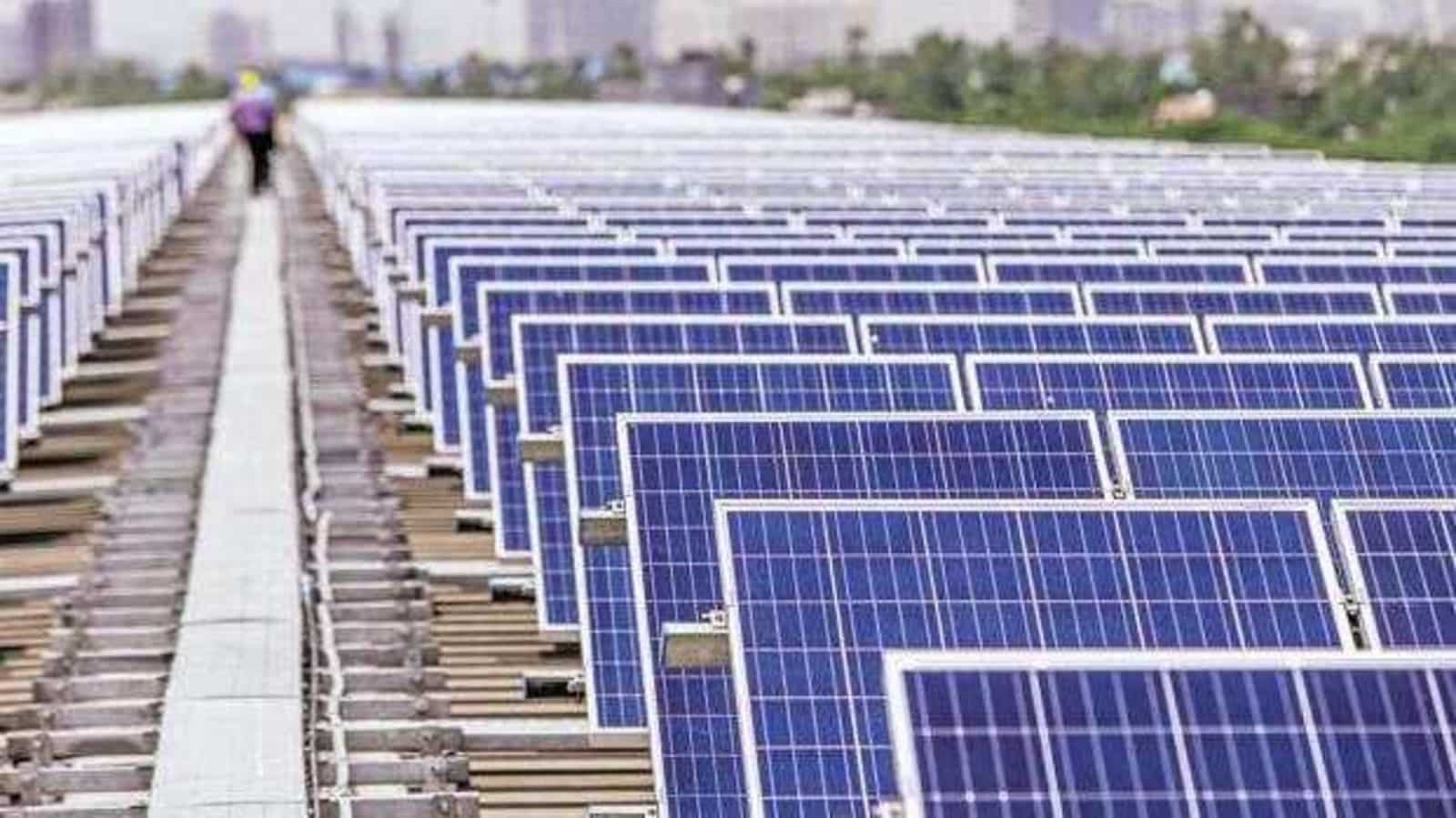Description

Copyright infringement is not intended
Context: India, UK likely to announce 'One Sun, One World, One Grid' at COP26 UN climate change conference, scheduled to be held from 1 November to 12 November, at Scotland's Glasgow
About OSOWOG project:
- The ambitious OSOWOG will connect 140 countries through a common grid that will be used to transfer solar power.
- The concept of OSOWOG, which the British have called a Green Grid, has been pushed by Prime Minister Narendra Modi and also found a special mention in his Independence Day speech this year.
- The idea behind the concept is a trans-national electricity grid supplying solar power across the globe.
What is OSOWOG or the Green Grid?
- As per the draft plan prepared by the Union Ministry of New and Renewable Energy, the ambitious OSOWOG will connect 140 countries through a common grid that will be used to transfer solar power.
Vision behind the OSOWOG :
- Mantra is “the Sun never sets” and is a constant at some geographical location, globally, at any given point of time.
- With India at the fulcrum, the solar spectrum can easily be divided into two broad zones, which is the far East which would include countries like Myanmar, Vietnam, Thailand, Lao, Cambodia and far West which would cover the Middle East and Africa Region.
- OSOWOG is planned to be completed in three phases.
- The first phase will entail interconnectivity within the Asian continent; the second phase will add Africa and the third phase will globalise the whole project.
- It has been taken up under the technical assistance programme of the World Bank.
- Many believe that the OSOWOG is India's counter to China's Belt and Road initiative.
Why is OSOWOG needed?
- With OSOWOG, India is planning to take a leadership position.
- Potential benefits include widespread scale up in energy access, abatement in carbon emissions, lower cost and improved livelihoods.
- India will need a strong coalition of international partners to realise this vision.
- India's plan to have an inter-continent power infrastructure is a fairly new idea.
- The aim of the Green Grids Initiative is to help achieve the pace and scale of reforms to infrastructure and market structures needed to underpin the global energy transition.
- It will allow national renewable energy management centres in India to grow as regional and global management centres.
Drawbacks of OSOWOG
- The mechanism of cost-sharing will be challenging, given the varied priorities of participating countries depending on their socio-economic orders.
- The OSOWOG will turn out to be an expensive, complex and very slow progress project.
- The strategic benefits, if any, of having a single grid will be obliterated in the wake of any geopolitical problem.
- Energy supply is necessary for a range of activities including defence and essential services like hospitals, etc. Under the project, these will be exposed to this common grid. Any disruption caused due to any bilateral/multilateral issues can potentially affect critical services in multiple continents and countries. Hence, not many countries may be willing to participate.
- There is a difference in voltage, frequency and specifications of the grid in most regions. Maintaining grid stability with just renewable generation would be technically difficult.
https://www.firstpost.com/india/india-uk-likely-to-announce-one-sun-one-world-one-grid-at-un-climate-meet-all-you-need-to-know-about-global-solar-plan-10012631.html





